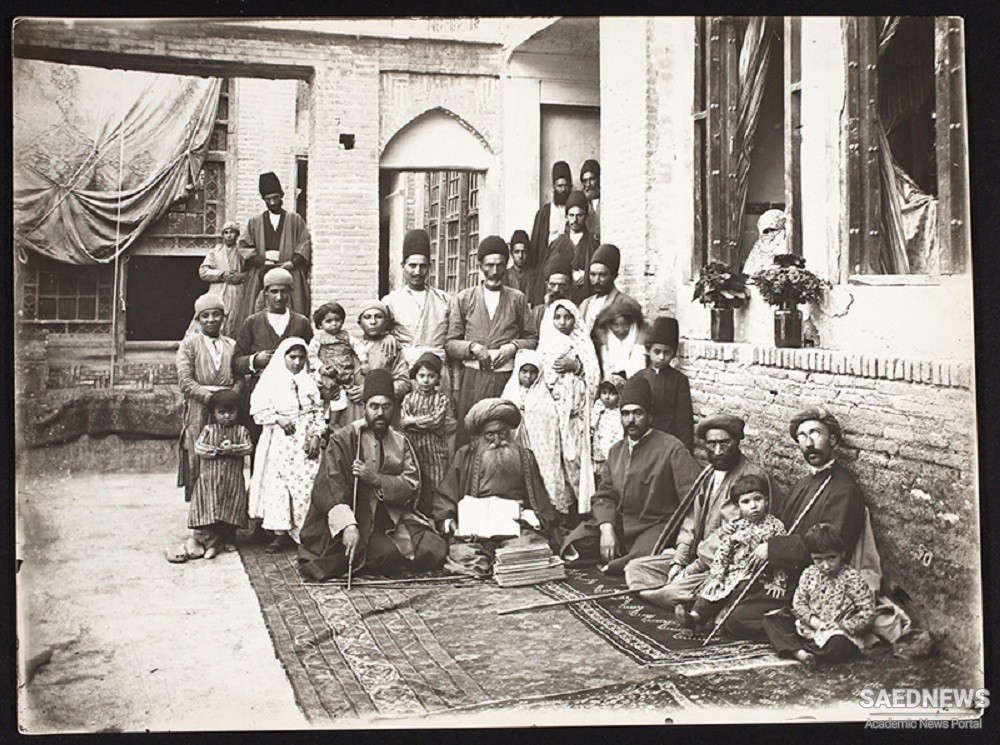Greater exposure to the outside world through education, press, and travel for some Iranian observers augmented Western material advances and in turn bolstered the discourse of decline and renewal, as well as the urgency to adopt what they called modern civilization. Polemical tracts reached the Iranian public less in print form and more through handwritten copies that circulated in dissident circles and influenced the rhetoric and the substance of revolutionary preaching. Based mostly in Istanbul but also in Cairo, Beirut, Calcutta, Mumbai, and in the Caucasus, the works of this small circle were barely known to the general public, and even the educated elite did not engage in their reformist discourse throughout the Naseri era. Only by the turn of the twentieth century did the reform literature enjoy greater exposure among semiclandestine circles inside Iran. In particular, despair over Iran’s material plight and moral degeneration, and denouncements of the corrupt establishment and the intransigent, found new audiences. The small circle of Iranians abroad consisted mostly of those of heterodox or minority backgrounds who were often in contact with one another and reading one another’s works—a “republic of letters” of a sort. Their improvised ideas of reform included critiques of the conservative officialdom but seldom the mojtahed establishment. The alternative models they suggested were often based on facile readings of the French Enlightenment or inspired by ideals of benevolent rule, as seen through the prism of Russian authoritarianism. Overall, they were naively praiseful of Europe, though often inconsistent in their quest for modernity. An important area of dialogue centered on education. Reformist literature of the late Qajar era and the Constitutional Revolution lamented illiteracy and the absence of modern educational institutions and was critical of the madrasa curriculum and its deficiencies. It also called for a change in the Persian script, one instance of a broader preoccupation shared by reformers in many non-Western societies. The Persian highly stylized shekasteh handwriting common in the Qajar era, though undeniably an art form, was viewed as cumbersome for the demands of public education. The lack of modern sanitation and modern medicine, malnutrition, and the absence of an effective public health system to combat outbreaks such as cholera and to control diseases such as smallpox and trachoma were other sources of grievance. Glaring scientific and industrial shortcomings in comparison with “civilized” countries was the cause of profound concern. Images of decay and deprivation in Iran were contrasted not only to idealized notions of Western material advances but also to an idealized vision of Iran’s ancient past. Only on the model of Western powers, it was argued, and the modern rule of law and constitution, could Iran overcome its rampant maladies. The reformist literature of the nineteenth century was generally oblivious to Europe’s colonial ambitions, and when it wasn’t, it often implied that falling under Western imperial might was an inevitable fate of the weaker nations.


 Development of Seleucid Empire in Iranian Plateau
Development of Seleucid Empire in Iranian Plateau














































